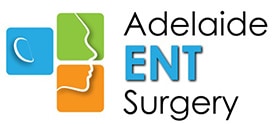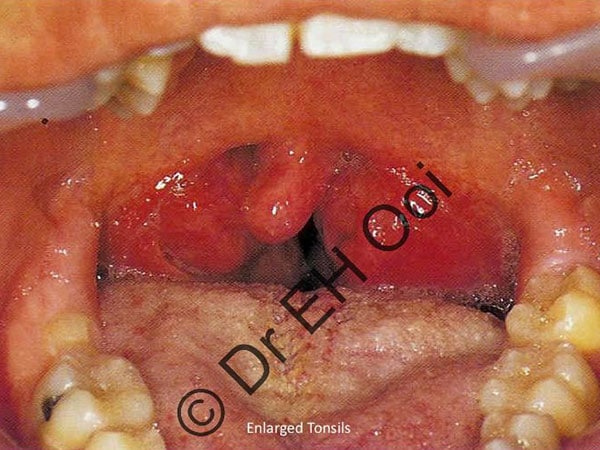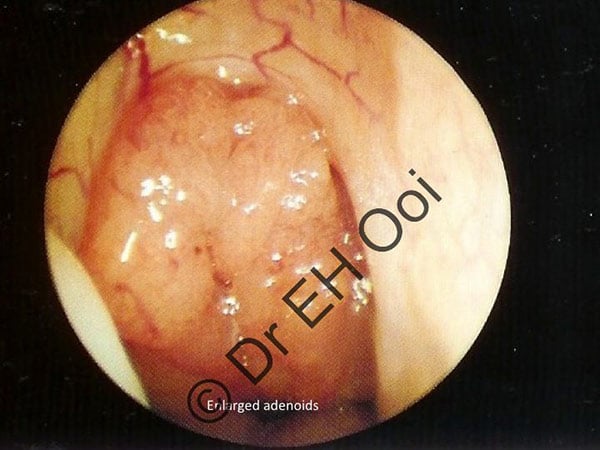PAEDIATRIC ADENOID AND TONSIL DISORDERS
Professor Eng Ooi has extensive experience with the management of adenoid and tonsil disorders in children. He has performed over 1000 adenoid/tonsil procedures in children.
What are tonsils & adenoids?
The adenoids lie at the back of the nose and the tonsils lie at the sides and back of the throat.
Why do ENT surgeons remove adenoids and tonsils?
Recurrent infections
Recurrent adenoid infections can lead to sinusitis and ear infections in children while recurrent tonsillitis can lead to sore throats, loss of appetite, fevers and abscesses. An increasing frequency and severity of infections is a common indication to remove your child’s adenoids and tonsils.
Obstruction and snoring
Another common reason for removing adenoids and tonsils is enlargement leading to blockage of the nose and/or throat. Children with snoring can have a condition called sleep disordered breathing (SDB) where the obstruction affects their sleeping patterns. The obstruction may be severe enough to cause obstructive sleep apnoea (OSA) where the oxygen levels fall due to the breathing difficulties. This can cause daytime sleepiness, bed wetting, behavioural, learning and concentration difficulties. This is the one of the most common reasons to remove your child’s tonsils and adenoids.
Professor Ooi offers subtotal coblation tonsil reduction (tonsillotomy) for children with snoring, SDB or OSA with little or no tonsillitis. This is a specialised operation where only part of the tonsils is removed to widen the space in the throat for your child to breathe. This causes less pain and bleeding and a shorter recovery compared to a full tonsillectomy. Please discuss with Professor Ooi if your child may be suitable for this technique.
How are your adenoids and tonsils removed?
The surgery is performed under general anaesthesia. Professor Eng Ooi removes tonsils using an exciting new device, BiZact™, a specialised technique with minimal bleeding for the patient. Scraping or curetting the adenoids can leave residual adenoid tissue behind that is more likely to regrow. Therefore, Professor Ooi uses the new technique of suction monopolar diathermy to remove the adenoids under direct visualisation. It takes longer than “scraping” but the benefits are better removal of the tissue with less risk of bleeding.


